Hearts of Steel (Book)
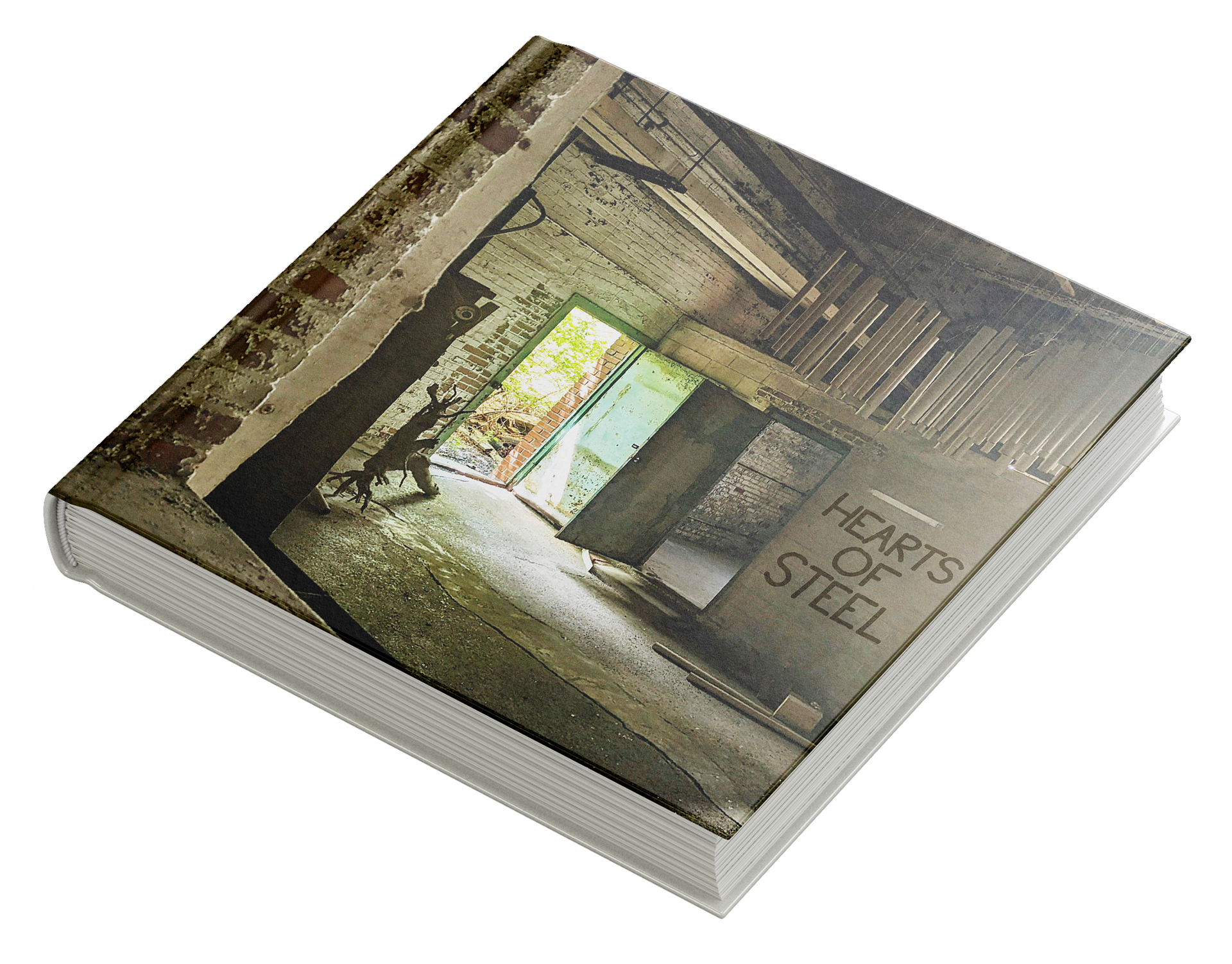
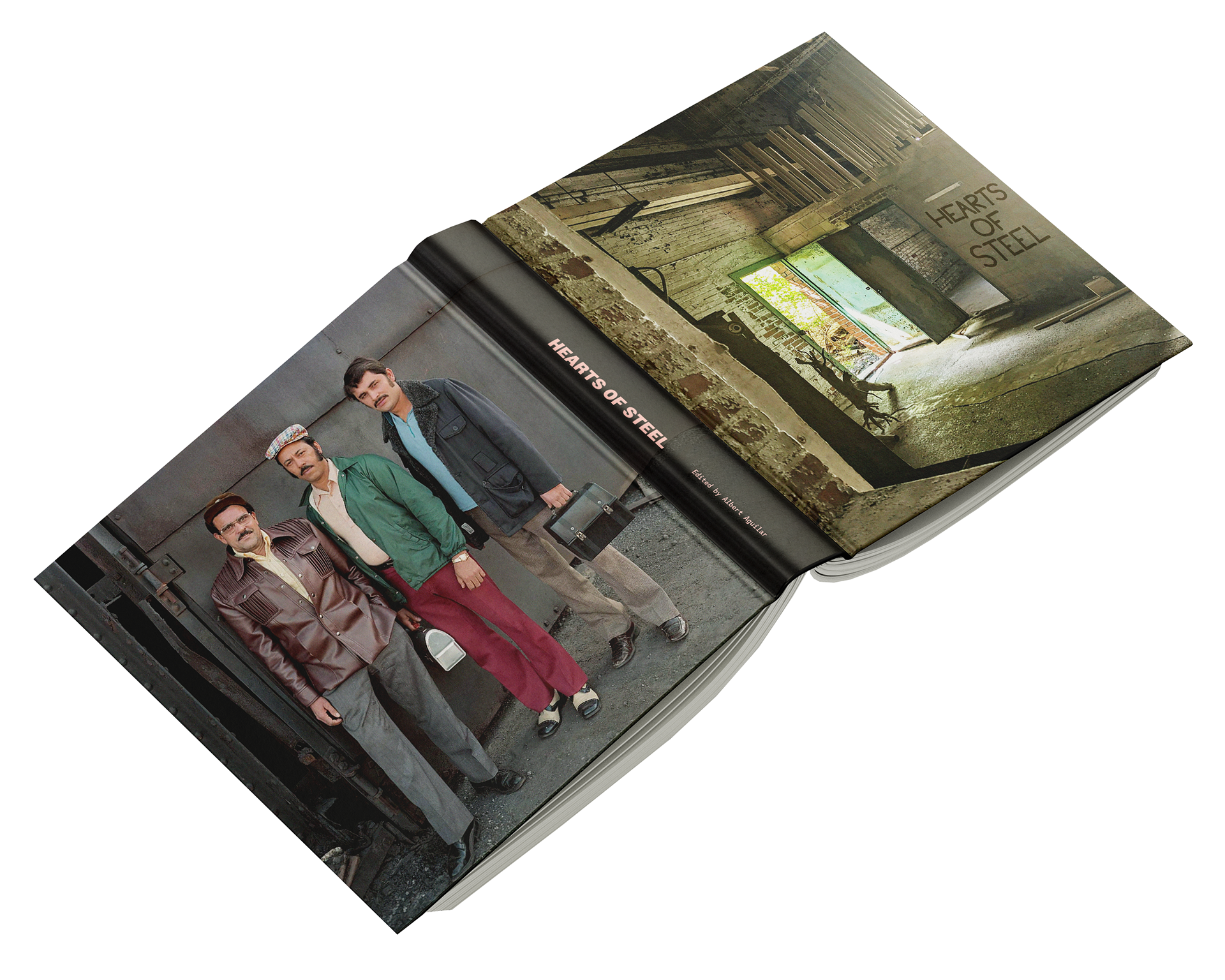
The US Steel Belt, or Rust Belt, was once an industrial hub but faced decline in the late 20th century, leading to job loss and urban decay in cities like Cleveland, Detroit, and Pittsburgh. Yet, resilience and reinvention have emerged through grassroots efforts, government initiatives, and new industries focused on technology, sustainability, and the arts. This book examines the region’s transformation, highlighting its struggles and renewal, showcasing its enduring spirit and evolving future.
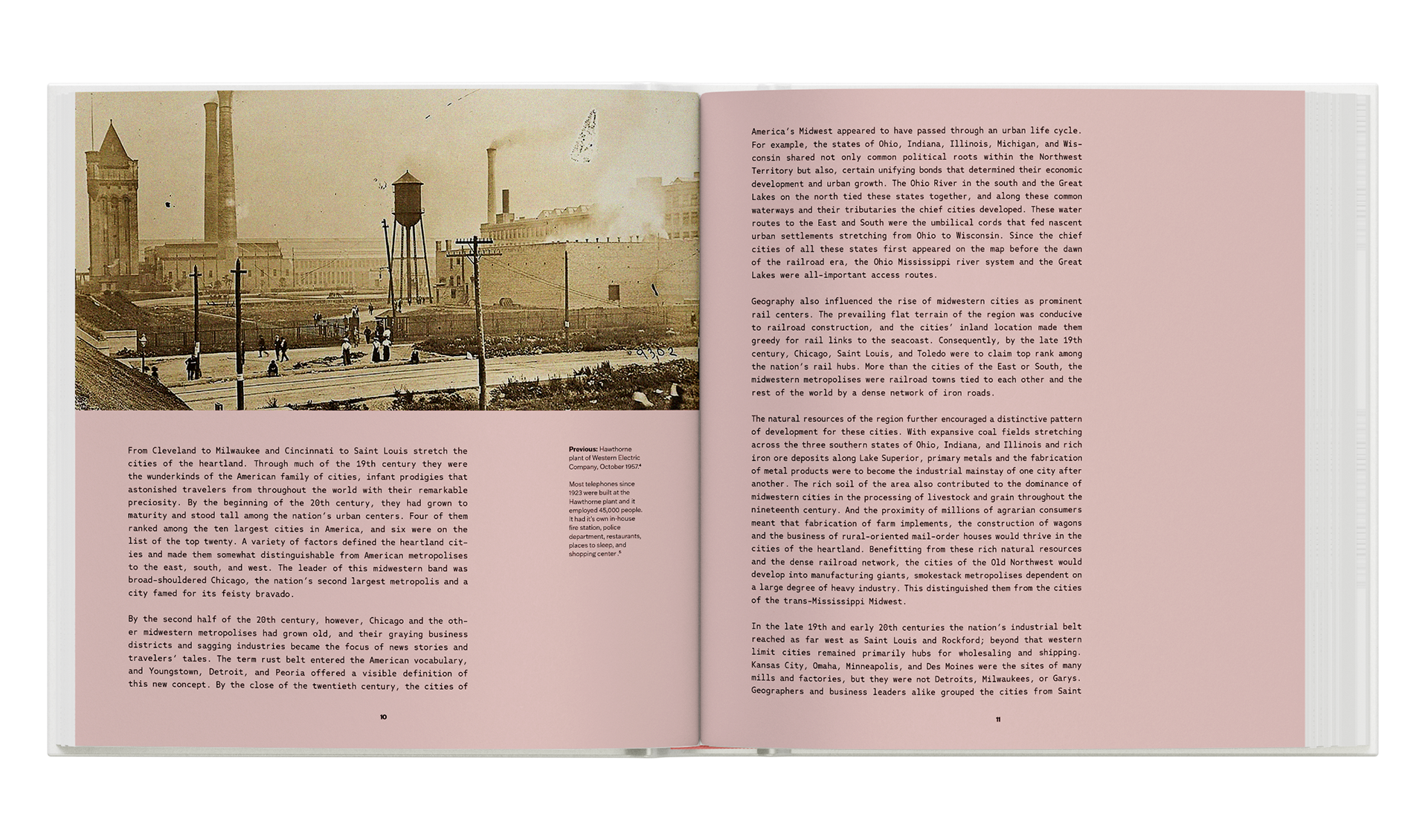
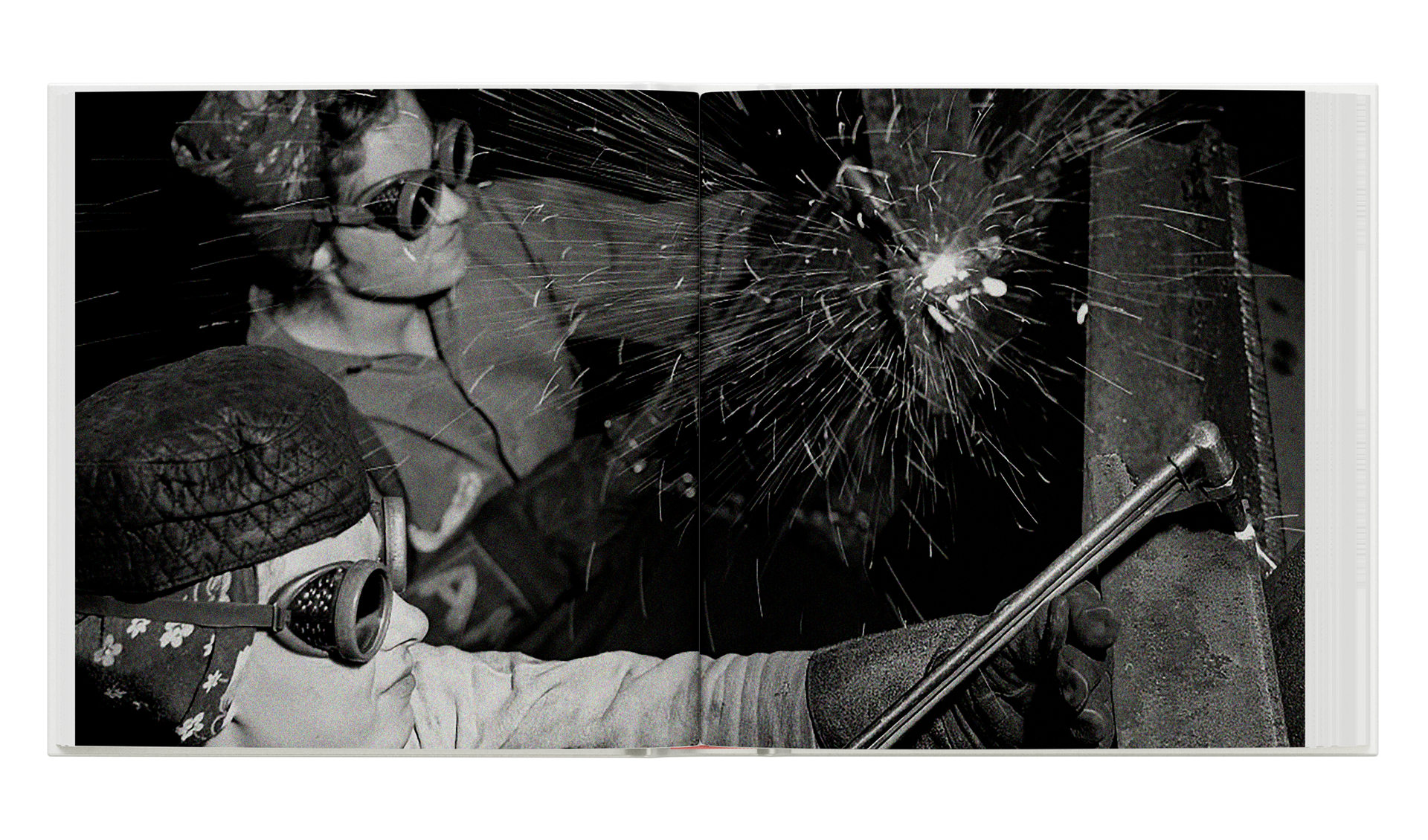
This project direction involved many serious topics—such as urban decay and the trauma inflicted on communities from loss of opportunity. As a result, I decided against any noticeable image alterations (other than minor grain), to depict subjects in the most honest light possible.
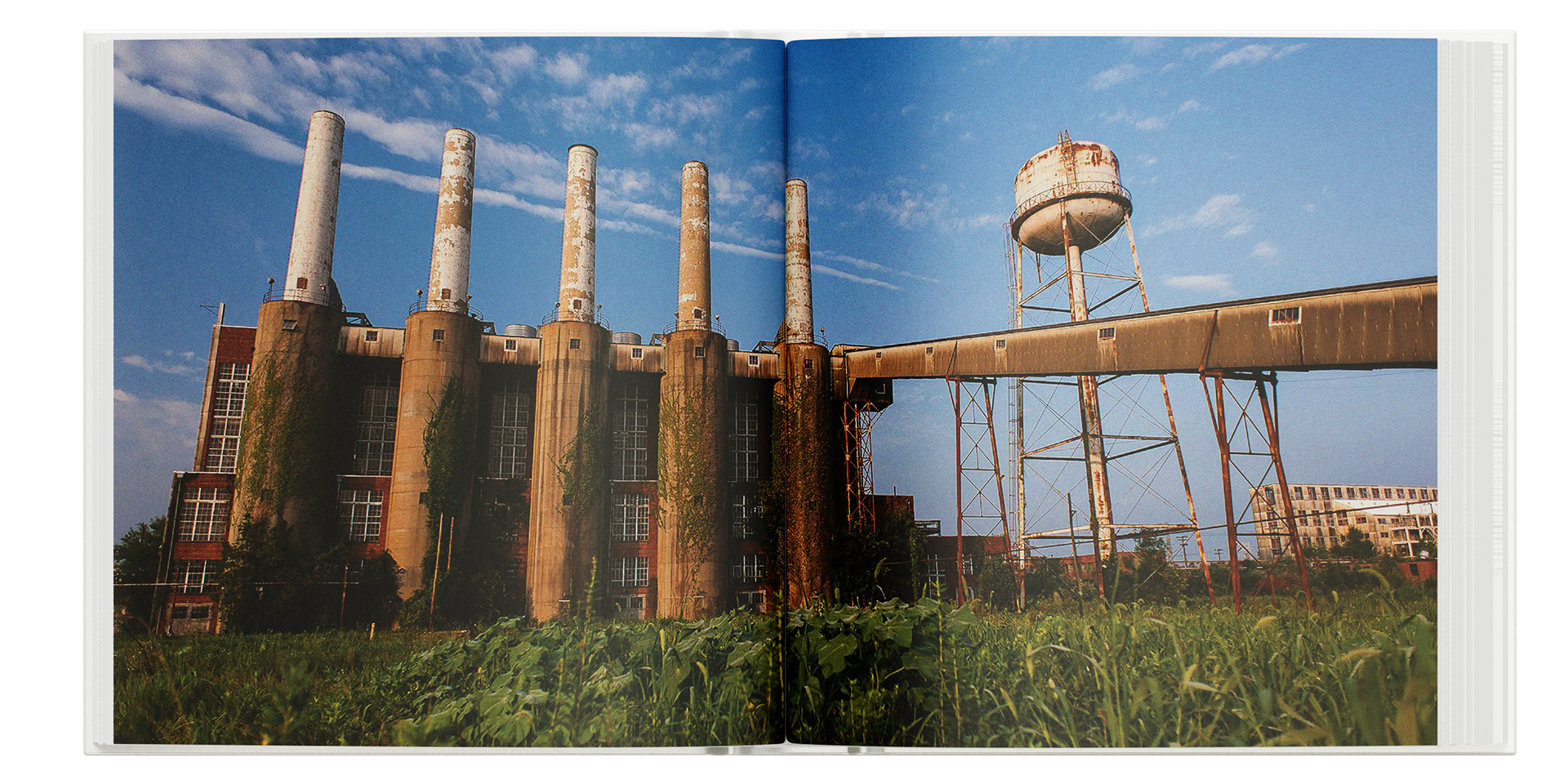
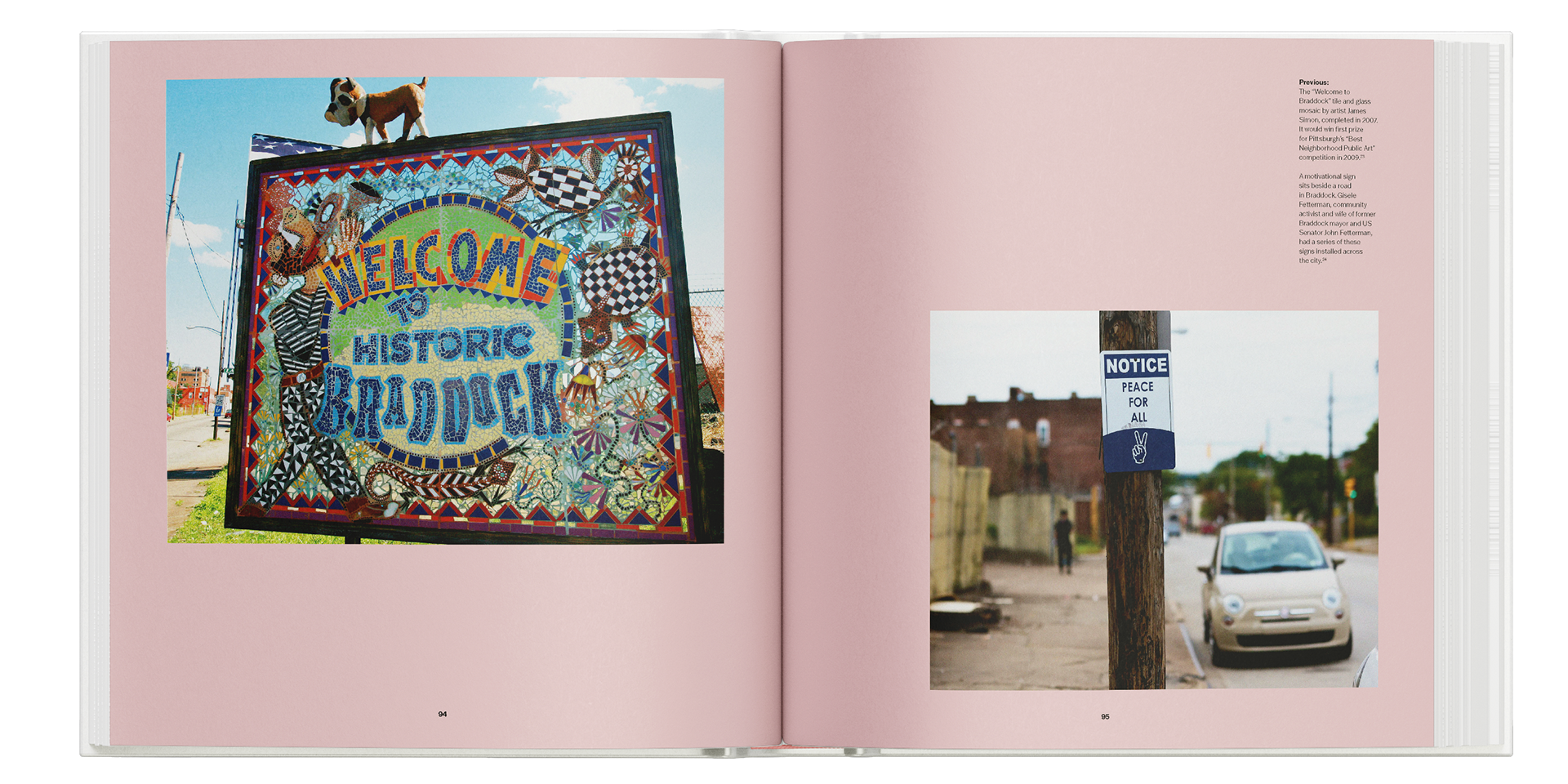
There were several image subjects, such as architecture, artwork, and people. I practice two alternating image placement structures, which ensures the layout is engaging and not repetitive.
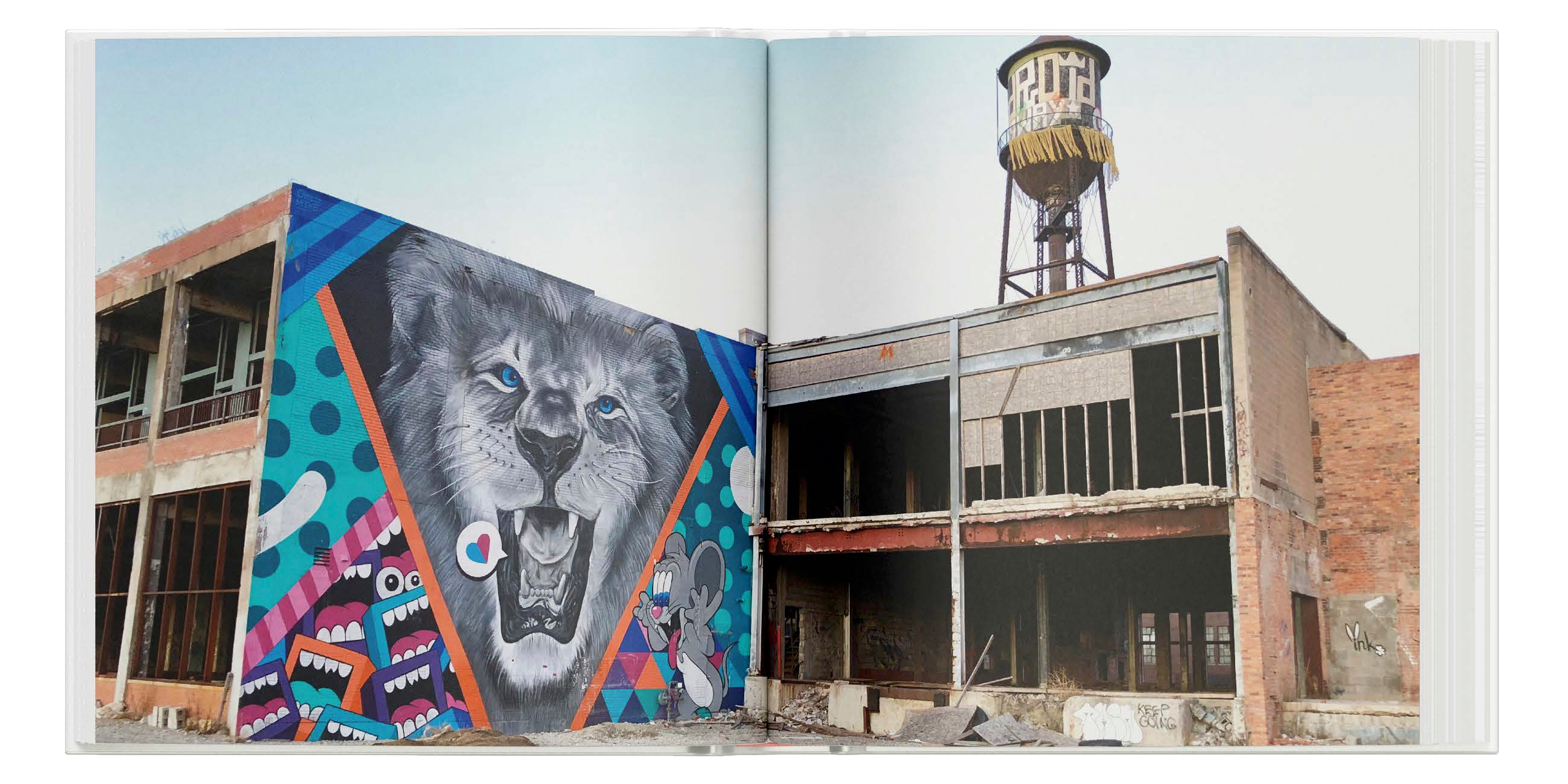
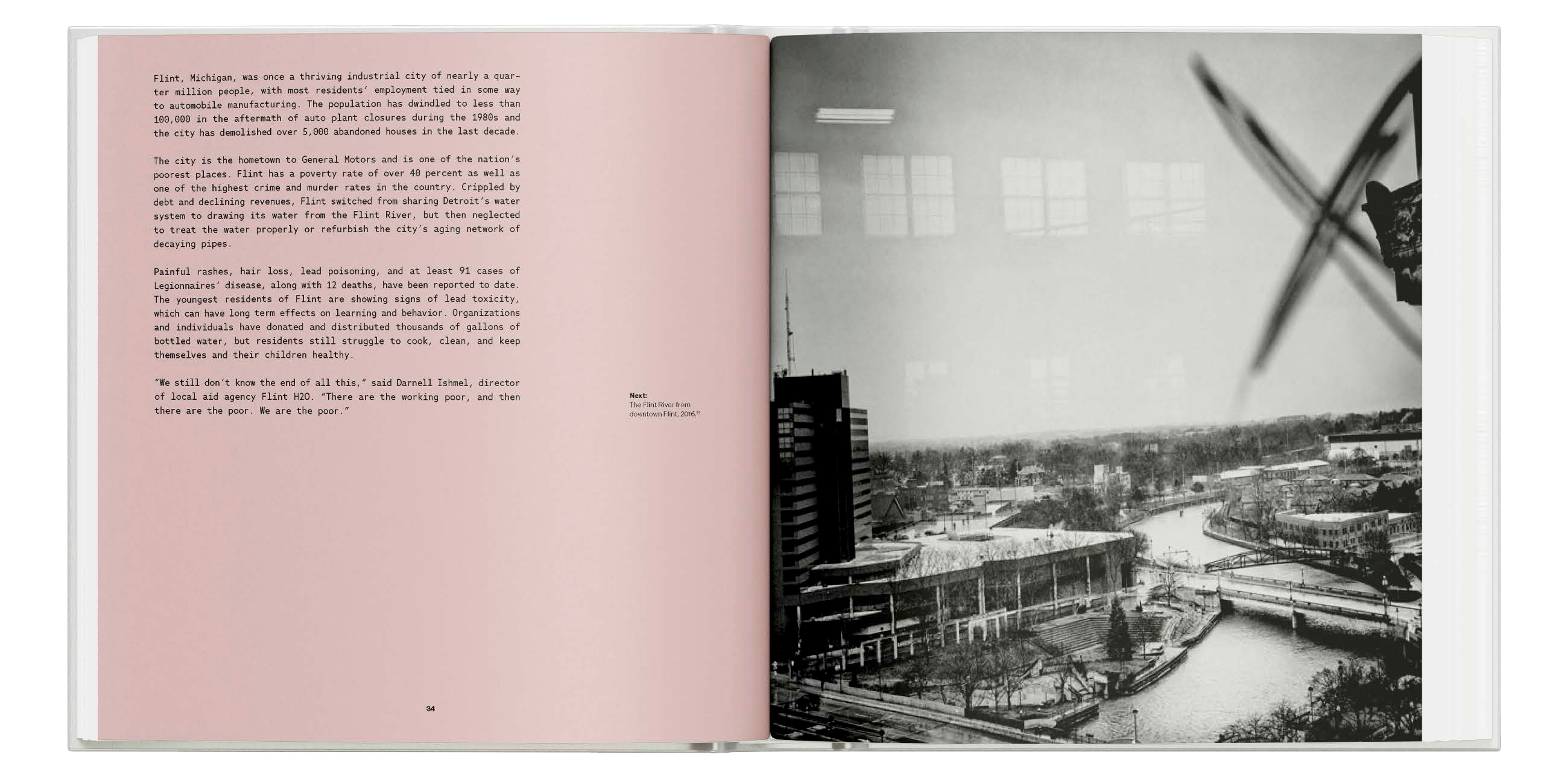
My use of typography is conservative and acts to respectfully respond to the imagery. Azo Mono is my body copy typeface, a humanistic monospace font responds to the structure of factories and buildings through its rigid forms. Its plain presentation, like with the images, acts to tell the narrative in a way that is respectful and straightforward.
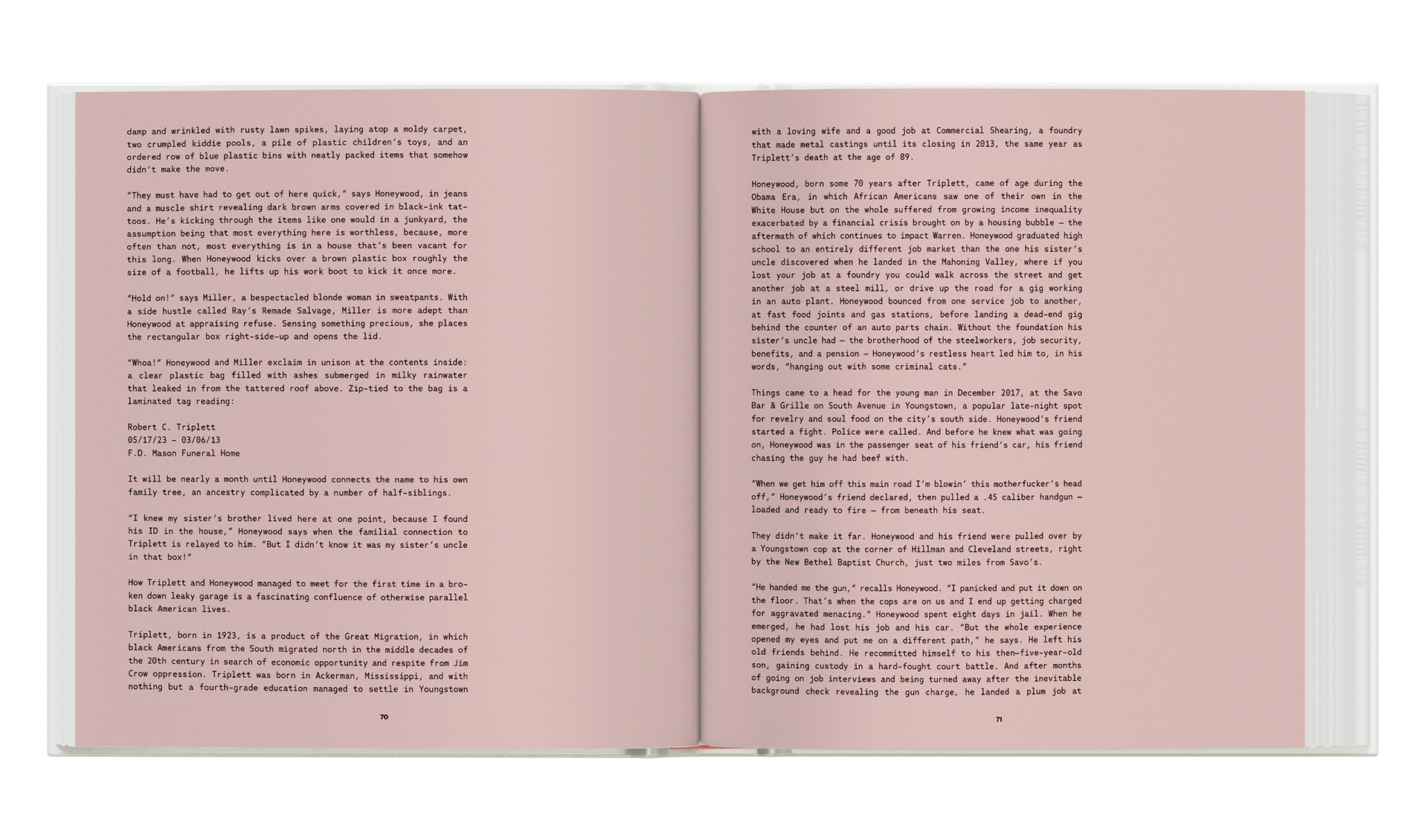
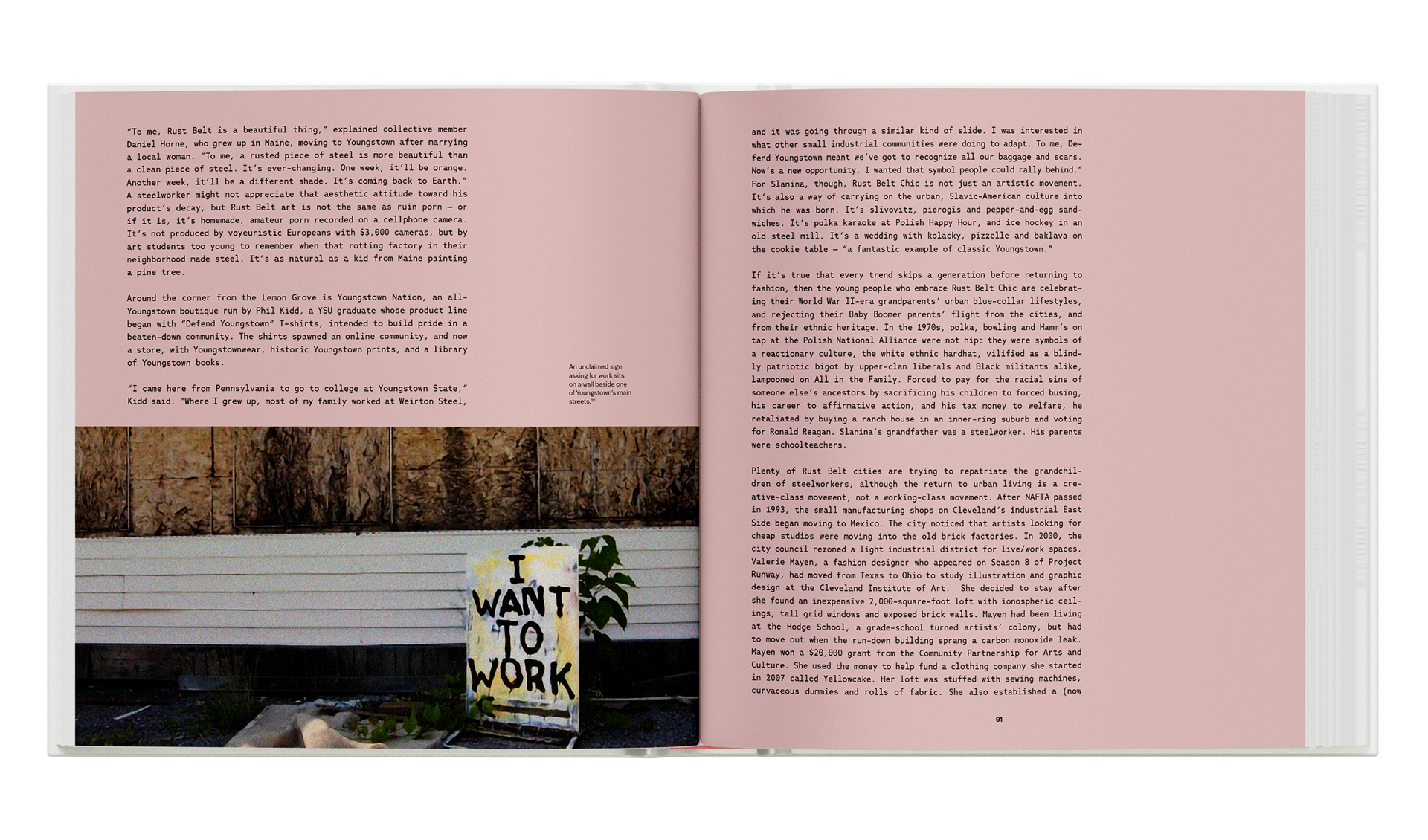
Growing up in Southern California, this project was a great way to explore a region of the U.S. I hadn’t known much about. Studying the experiences and stories of those living in the Midwest and Northeast strengthened my design skills, especially in narrative building, imagery, and photo sequencing. I also learned how community organizations unite people to achieve shared goals.
